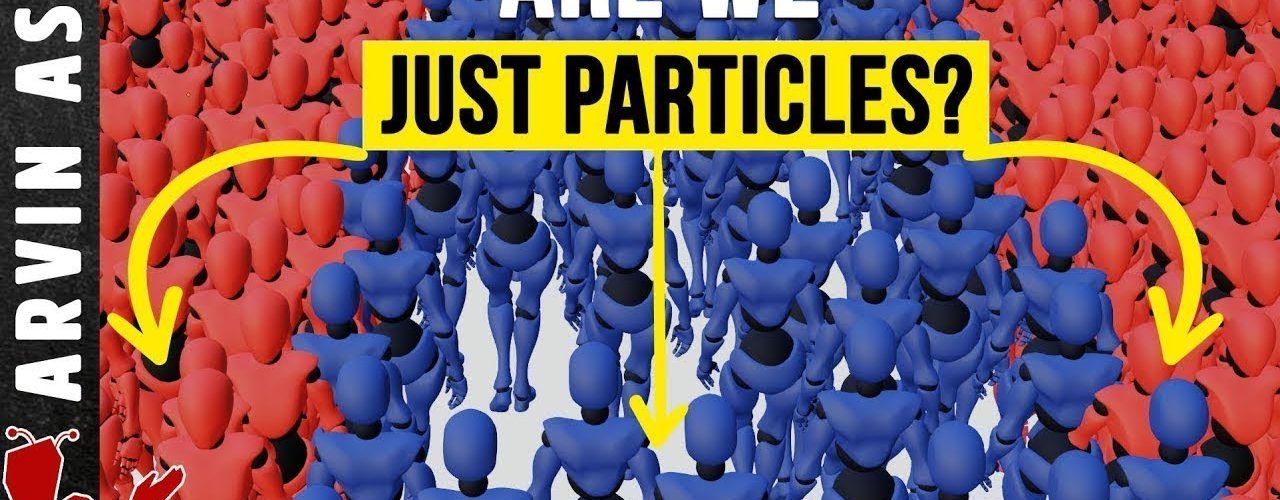Group human behavior can be largely explained by physics. In fact, crowds, traffic and pedestrian behavior can be modeled using using principle from physics.
Everyone in a crowd has their own thoughts and plans and problems – but they don’t seem to make much of a difference to what the whole crowd does together.
If we track a single particle, it seems to move around at random. We can’t really predict what it will do at some point in the future. But if we zoom out and look at trillions of particles, then we can identify simple laws, and use them to make accurate predictions.
To go from individual particles to the properties of a whole cloud of gas, we need to consider averages. It doesn’t really matter what each particle does on its own; only what they do on average.
This approach is called the kinetic theory of gases, and was developed by James Clerk Maxwell and Ludwig Boltzmann. It evolved into the science called “statistical mechanics,” or “statistical physics.”
In 1971, Leroy Henderson at the University of Sydney, developed a model showing how the theory of gases might be applied to human crowds. He found crowds undergo phase transitions too.
In the 1980s physicist Dirk Helbing at the University of Göttingen in Germany developed a sophisticated theory of how pedestrians and crowds move. Two people, like two particles, also avoid each other when coming in close contact, as if there is a force between them, even though no such force exists.
He found that people organized themselves spontaneously into counter-flowing streams, in which some followed behind others in a line. People acted like mindless particles. Physicists call this “collective behavior.”
In other words, what looks like intelligent behavior emerges from a model in which the simulated people – called agents – have no intelligence whatsoever.
These simulations show the phenomenon called “emergence,” where some behavior emerges in a complex system of many interacting components. Classic phase transitions like freezing and evaporating are also examples of emergence.
These same models can be applied to traffic. Cars slow down if necessary to avoid colliding with the car in front, as if there’s a repulsive force between them. These traffic models can produce amazingly complex behavior.
If the traffic is very light, vehicles move at will, like a kind of traffic gas. But above a certain threshold in traffic density, there’s a switch to traffic liquid, where everyone keeps moving quite smoothly even through the flow is quite dense. If the density increases, there’s another transition: to a traffic solid. This is a traffic jam.
Emergent behavior happens in groups of animals, like the flocking of birds called a murmuration, and the schooling of fish. This behavior used to be such a mystery that in the early twentieth century some zoologists thought that birds have telepathy. But agent-based models showed that’s not the case.
In 1987, computer engineer Craig Reynolds mimicked the murmurations of blackbirds in a computer program in which agent-like particles move around according to simple rules. he these agents “boids”. The rules for the boids were that each would try to match its speed to the average of all those within a rang, they would move towards the centre of that local group, and that they would change direction to avoid collisions. These simulations were so realistic , that they’re used in movies today.
This tells us something deep about the way the universe works. The most fundamental physics is that which deals not with fundamental particles but with objects interacting.
#groupbehavior
#emergence
And this statistical physics is renormalizable, meaning that we can keep bundling together groups of objects into bigger ones – atoms and molecules into cells, cells into people, people into crowds and societies, and all these behaviors can be predicted.







